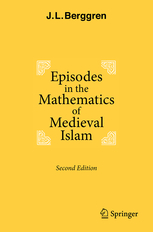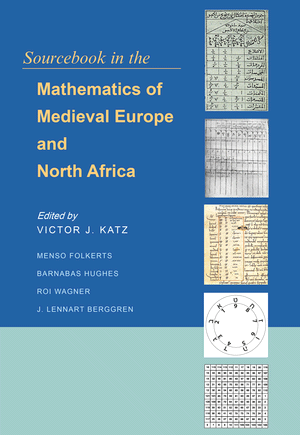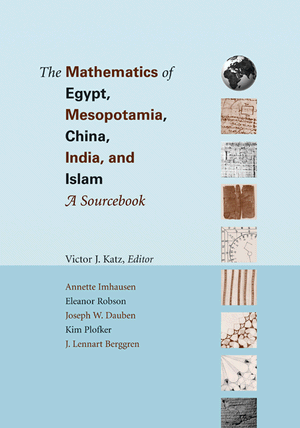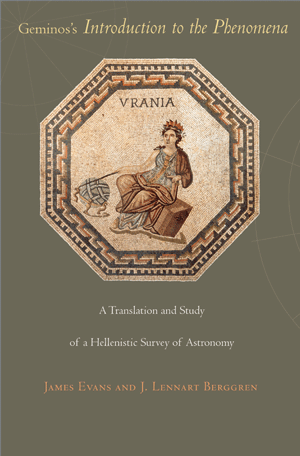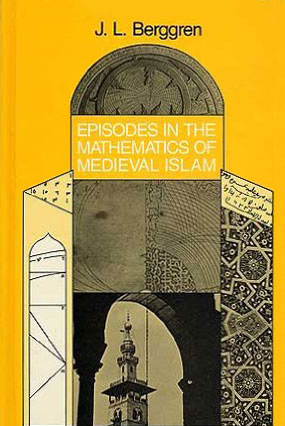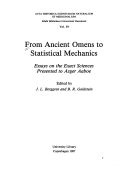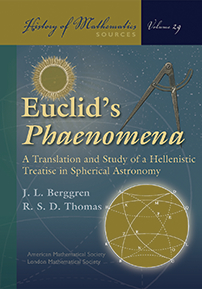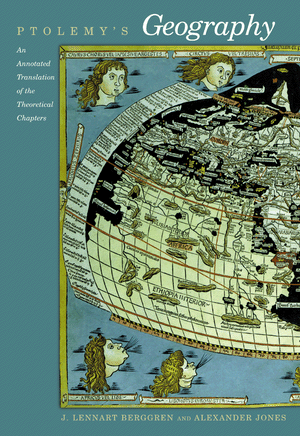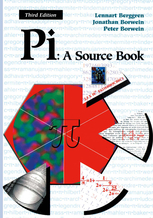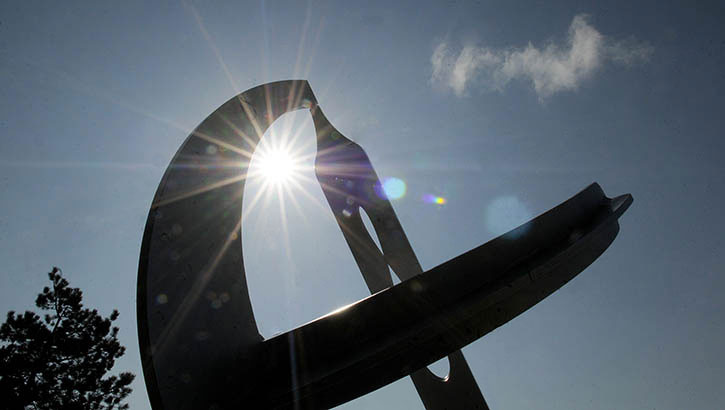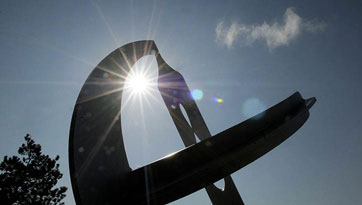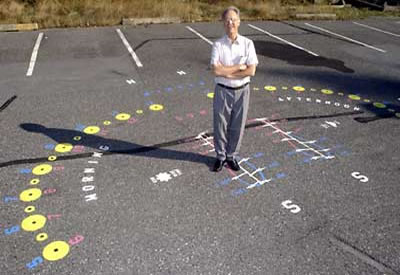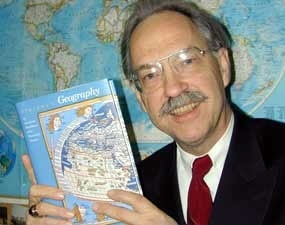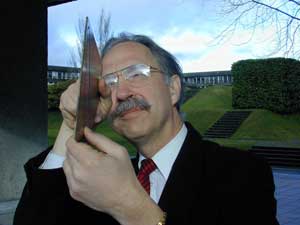Meredith, Berggren win President's Media Award
By Marianne Meadahl. Excerpt from SFU News, Feb. 8, 2001 Vol. 20, No. 3
Two SFU professors are being honoured for their part in making SFU a better known institution.
Lindsay Meredith, associate dean of business and Len Berggren, chair of mathematics and statistics are the recipients of the annual President's award for service in media and public relations.
The award committee unanimously chose to honour Meredith for his extensive work with the media and Berggren for his longstanding role in community relations. They'll both be recognized at a reception and at SFU's annual award ceremony Feb. 16. [Click here for section on Dr. Meredith.]
Like Meredith, Berggren is no stranger to an audience, whether the crowd is a group of stroke recovery patients or a mensa gathering. For the past three decades he's been one of the most available speakers involved with SFU's speakers' bureau and has given more than 70 talks.
An expert on the history of mathematical sciences in ancient Greece and medieval Islam, he has developed a wide range of interests – from time measurement to the politics of Cyprus – as well as a commitment to sharing them.
"The speakers' bureau is a great opportunity for the university and for those of us who are passionate about our work," says Berggren (right), who is also a regular in local schools, where he addresses student and teacher groups.
Finding time to prepare and deliver talks isn't always easy. Berggren says it's a matter of commitment. "You have to decide it's a priority," he says. "It's one way a university researcher can help the community. It's public education of your work."
Berggren maps out his thoughts in advance. "I wish I could speak more off the cuff, but I need to be well-prepared," he admits. "I'm always redoing my talks because they reflect my research interests, and those are always developing."
Berggren has also had his share of the spotlight. Called on to demystify concepts like leap year and the start of the true millennium, he faces the task of explaining difficult concepts in short time frames.
"I'm still a bit nervous," he concedes. "It's hard to choose what honestly reflects what you know without unnecessary complexity. It's something you learn as you do it."
Besides appearing on local radio and in print, Berggren's international media exposure includes the BBC in Scotland and the New York Times.
"I think journalists are appreciative of our expertise," says Berggren. "They are simply trying to tell a story. If we can make it a better one then everybody wins."


